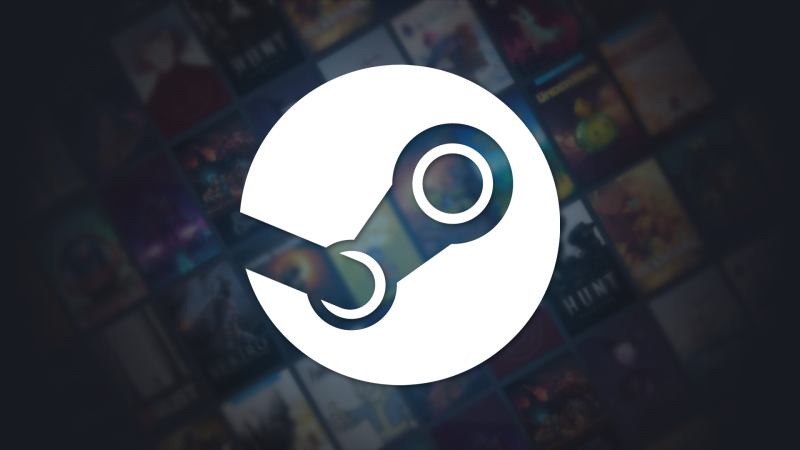Since its debut in 2003, digital store Steam has gone from a hack for playing Half-Life 2 to a people’s platform. As it turns out, Amazon has been trying to displace Valve’s service from its leading position for 15 years, but has failed time and time again.

Image source: Valve
Former Amazon Prime Gaming vice president Ethan Evans explained on his LinkedIn page why Amazon, being “250 times larger” than Valve, still lost to it.
According to Evans, after 15 years of trying, Amazon’s management has not figured out the secret of Steam’s popularity and has not been able to push Valve’s service aside, despite the steps taken to do so:
- The purchase of a small digital store, Reflexive Entertainment, with the aim of developing it – the initiative did not go far;
- Creating its own digital store on PC following the acquisition of Twitch – Amazon mistakenly expected gamers to switch to it, since they already use Twitch;
- Development of the cloud gaming service Luna, which, like Google’s Stadia, did not gain much popularity.

While Amazon Tried to Displace Steam, Valve’s Service Continued to Dominate the Market
Evans said Amazon’s biggest mistake was failing to understand why consumers choose Steam: “It’s a store, a social network, a library, and a trophy showcase all rolled into one. And it all worked well.”
«The truth is that gamers already had a solution to their problems, and they weren’t going to change platforms just because a new one came out. We needed to create something significantly better, and we failed,” Evans lamented.

Amazon thought its size and visibility were enough to attract users, but it underestimated the power of their habits.
«”Just because [your company] is big enough to build something doesn’t mean people will use it. Looking back on my mistakes, I realized how important it is to deeply understand your customers before making big moves,” Evans concluded.
In the comments to the post, Evans also acknowledged that “it’s easy to underestimate Steam (Valve).” Despite its modest size, Valve’s profitability per employee is even higher than Google, Microsoft, or Amazon.